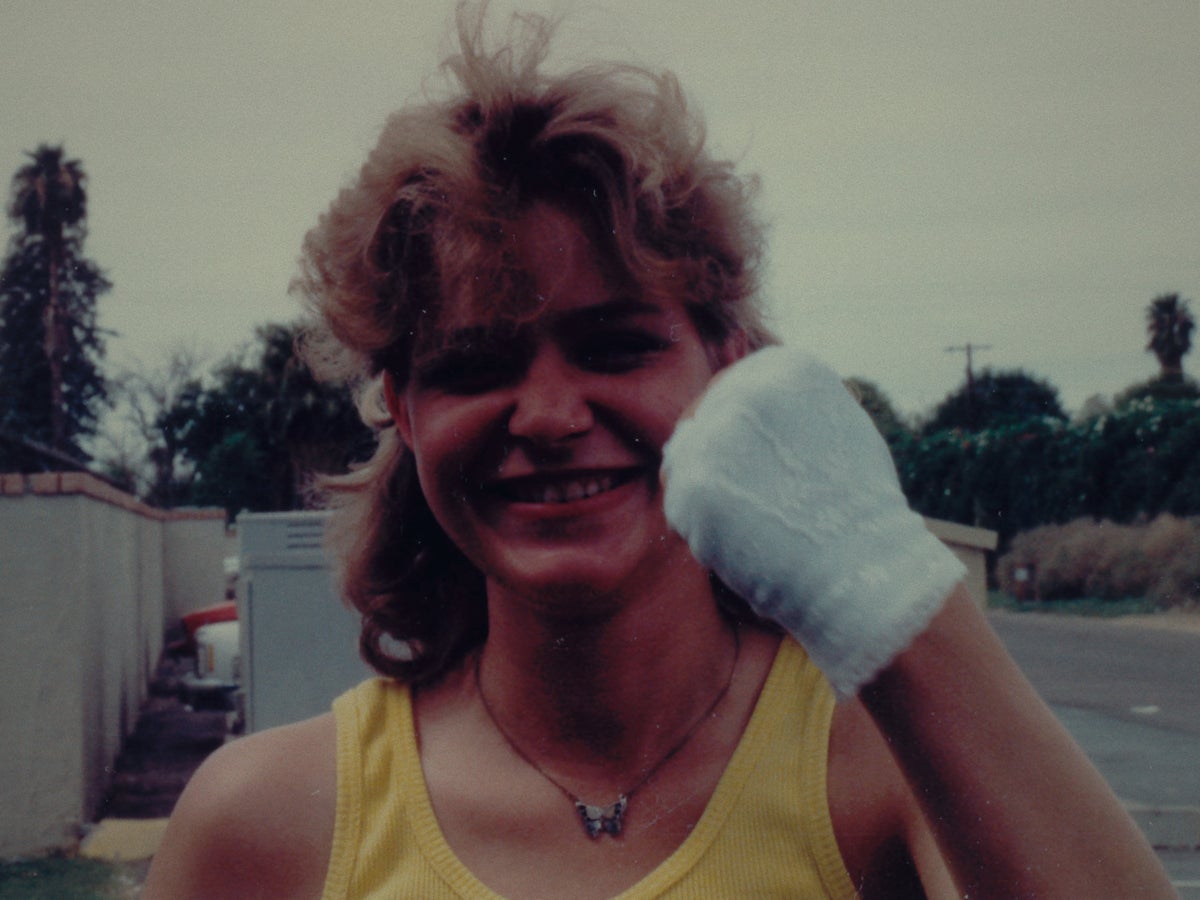
Ask your friends if they’ve seen Netflix’s Girl in the Picture. If they have, you’ll know immediately. This is because their faces will crinkle up and they will appear troubled. “One of the most horrific, sickening, frightening things I’ve ever watched,” wrote one person on Twitter. “I literally feel sick,” wrote another. Strangely, I think these were intended as compliments. In telly land, after all, dead women = great content. But let me be clear: this is another abject project from Netflix that parades another grotesque story in the name of winning some bored eyeballs.
Directed by Skye Borgman, who made the similarly disturbing Abducted in Plain Sight for Netflix, Girl in the Picture unravels the mystery behind the death of young woman and the kidnapping of her son. Tonya Hughes was the victim of a hit and run in 1990. Except… she wasn’t really called Tonya, and it probably wasn’t a hit and run. It turns out she was really called Sharon Marshall, and the man who said he was her husband was actually her father. Except… she wasn’t really called Sharon, and the man is not really her father. Etcetera, etcetera. Viewers can only watch helplessly as the rug is pulled from beneath them, over and over, and the story becomes progressively more harrowing.
Borgman’s film is, at the very least, a competent example of the genre. It’s full of foreboding music and grainy dramatisations of pivotal scenes. At just over an hour and a half, it isn’t bloated and interminable. Many vital protagonists – those who aren’t dead or in jail, at least – have agreed to be interviewed and share moving testimonies about Tonya/Sharon. Girl in the Picture actually answers the questions it raises, namely: what was Tonya/Sharon’s true identity, and what happened to her son Michael? Too many cynical true crime documentaries have, of late, used sleights of hand to disguise the fact they are empty and pointless, unable to explain the mysteries at their heart. And, crucially for Netflix, a streaming platform shedding subscribers, Girl in the Picture is the kind of prurient viewing its hard to turn away from. It’s so pacy that it begins to feel relentless.
All of this, though, is the problem. Make true crime as ethically as you can: consult the families, centre the victims, avoid graphic imagery. But the conventions of the true crime genre, from the creepy music to the orchestrated pacing, still turn as all into passive voyeurs. One telling tweet said: “I’ve watched many messed up documentaries yet Girl in the Picture on Netflix managed to keep me shocked and horrified throughout.” Someone replies: “Same! I never lost interest for a second! It was unreal!” When the aim is to fix people to their screens and make sure they don’t move, it feels too much like a game.
Towards the end, there is a sense that Girl in the Picture has been trying to uncover this woman’s real identity in service of something greater. It wants to give her back her personhood. That’s surely why so many friends and family are here telling us about their pain. But it’s undermined by the edge-of-your-seat thrills that came before. You can’t masquerade as activism when really you’re clickbait. “This is more than just a crime story,” someone says at one point. But I’m not sure if it is – not to Netflix, at least.







